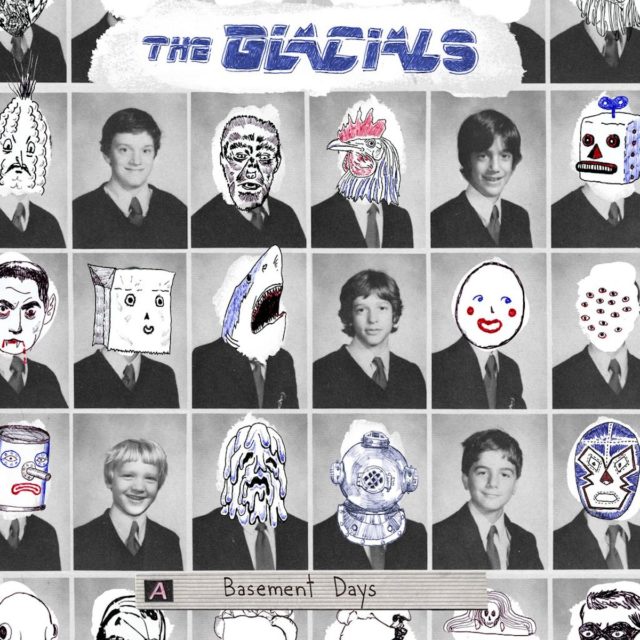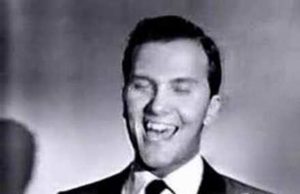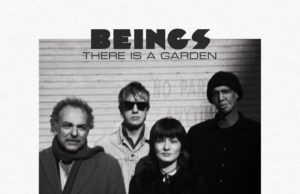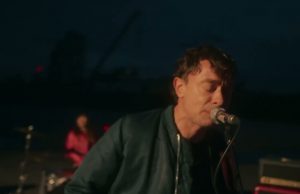THE EDITED PRESS RELEASE: “Acclaimed pianist, composer and multi-instrumentalist Kevin Hearn shares his musical origins in Basement Days. Before his work with Look People, Rheostatics, Barenaked Ladies and Lou Reed, Hearn was in a high school band called The Glacials — an eclectic, whimsical, and delightfully weird ensemble. Begun between 1987-1989 to four-track tape, Basement Days is the decades-in-the-making debut from The Glacials, featuring a dozen not-new-but-never-heard tracks spanning countless sounds and styles that have been lovingly restored, renewed, and remixed with friends new and old.
In 2015, Hearn unearthed a master archive (in this case, a now-vintage Mr. Sub bag) containing well over 100 tapes from a myriad of past musical projects — all in various stages of completion. There were solo recordings, material with Look People, Rheostatics, The Cousins — even with his current comrades in the iconic Barenaked Ladies. But most appealing to Hearn were the 20-some tapes cut with his first band The Glacials.
“We were really close friends, and it was our mutual interest in music that brought us together,” Hearn reminisces. Anthony Brown, Rich Brown, Dave Szanto, Anthony Zarb and Hearn were almost inseparable through their teen years in the ’80s. By day, they were classmates, classically trained and identically clad in the unmistakable uniform of St. Michael’s Choir School in Toronto. But in their downtime, they were fully immersed in musical experimentation.

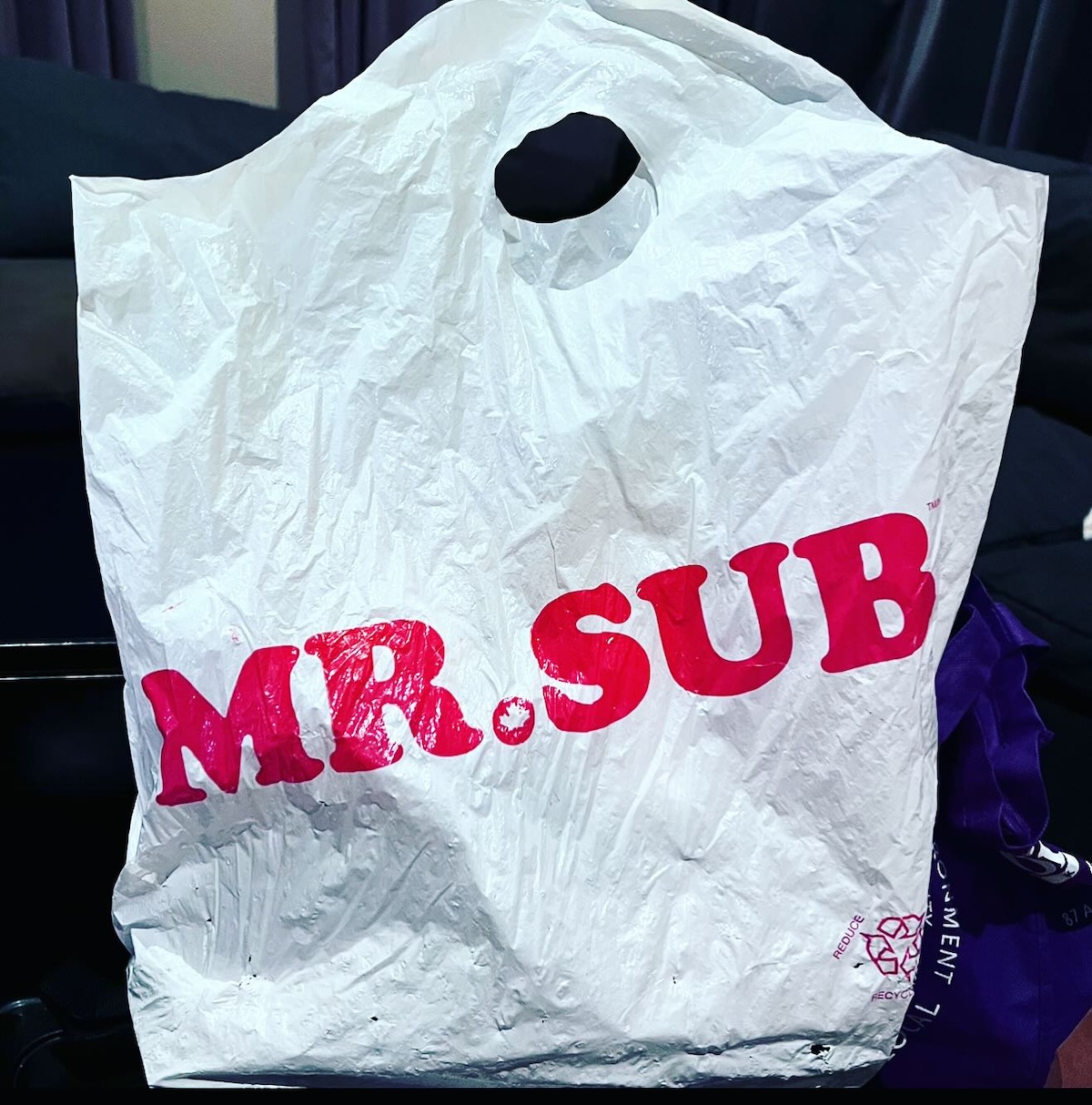
Listening back nearly 40 years later, Hearn couldn’t shake the feeling that there was more to what he was hearing than simple nostalgia; than fledgling voices shakily finding their way into multi-part harmonies. “I think it’s a reconnection to memories of a time when I was falling in love with music, and still exploring and learning about it — before I knew anything about the music business,” he laughs. “It’s just so joyous and innocent to me in that way.”
And so, slowly but surely, Hearn began digitizing the recordings, then encouraged Anthony Brown and some of his more current musical collaborators to help flesh them out with new and recut contributions alike. Years later, the forced downtime of the global pandemic gave him ample time to turn it all into something tangible.
“I think about some other young group of kids hearing this and connecting to this music, and that they might use it to set off on their own path,” Hearn shares candidly about his hopes for the record. Again, that’s what’s so alluring about revisiting a fatefully captured spark.”













